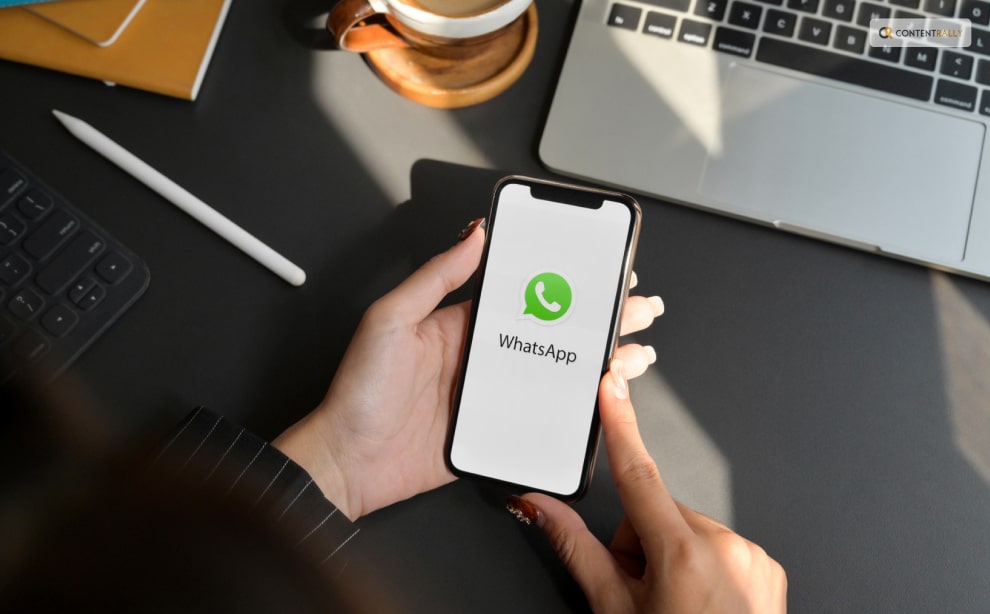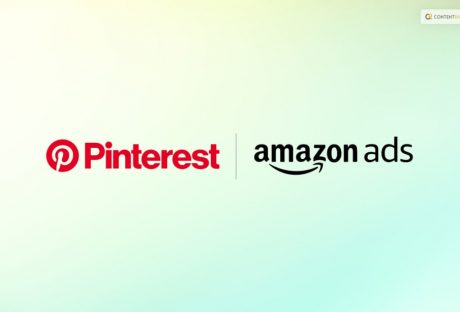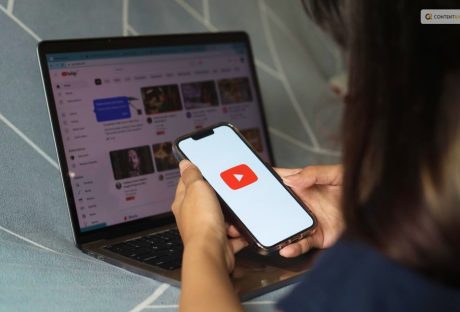According to the latest reports, WhatsApp is exploring the message pinning feature for the upcoming set of updates. WABeta Info has revealed, “A limited group of beta testers can now pin messages and experiment with a redesigned attachment menu.”
The website further revealed, “This option allows users to pin a message to the top of the conversation, making it easier for users to highlight and access important or frequently referenced messages quickly. Additionally, some beta testers may experiment with a redesigned chat attachment menu that features a new modern style.”
According to the site, this feature has already been made available to a test group using the 2.23.6.17 version update of the Android app. The latest feature is named “pin.” It shows up on the screen when a text box is long-pressed. It takes you to the settings menu, which can be found in the three-dot icon.
This feature will allow users to pin a certain message to the top of the conversation. It allows easy access to frequently referenced messages. The website has also said, “It’s worth noting that pinned messages are also available in individual conversations, making it easier to highlight specific content even within private chats.” Users are set to be able to pin the message for a span of 30 days, 7 days, or 24 hours. Whatsapp users can also have the flexibility to remove the message before the expiration minute arrives.
Learn More About:






















